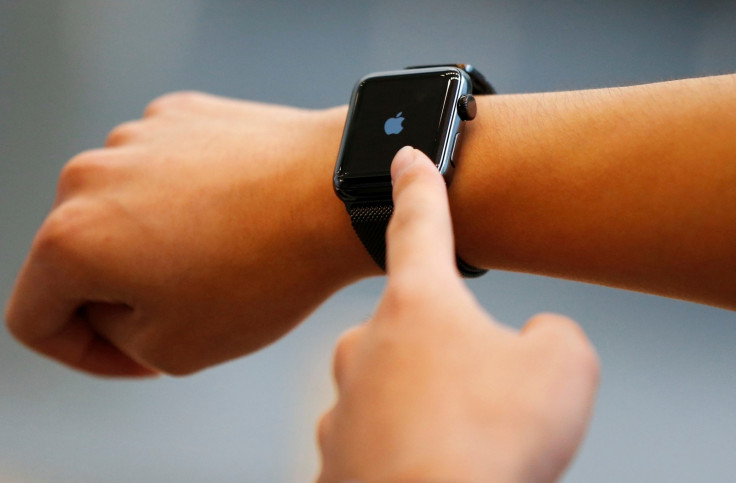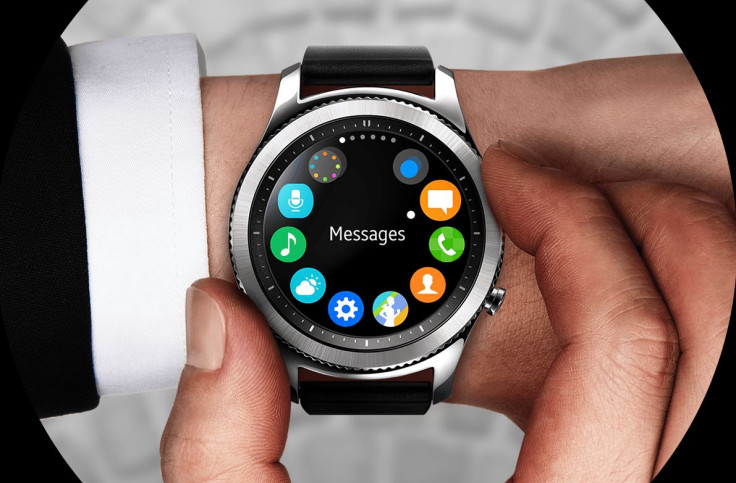No, the Apple Watch isn't doomed but time is up for other smartwatches
The reality behind Apple's wearable is that it's still a significant earner for the company.

Apple is doomed! Or, at least, its Apple Watch is. That was the consensus among many analysts responding to new sales figures, which reported that sales of Apple's first ever wearable dropped a precipitous 71% in the third quarter of 2016 compared to the same period last year – and that was despite the company launching a new version of the Watch.
The reality is however somewhat different.
The Apple Watch is in fact the only example of a smartwatch which is selling in any significant numbers. While everyone else struggles, Apple has created a decent business for itself and while it is never likely to reach anywhere near the tsunami of revenue the iPhone brings in, it is still making a lot of money.
IDC's figure of 1.1 million Watch units is just an estimate, given that Apple doesn't release specific sales figures for its wearable device. That figure however seems a tad low.
In Apple's financial results, the Watch is bundled into the "Other Products" category which also includes Beats headphones, Apple TV, iPod and accessories. In Q3 2016, revenue for "Other Products" was $2.3 billion. Watch revenue is likely a major part of this overall total, but let's assume it's just 33%.
To figure out the unit numbers we need an average selling price, but of course Apple doesn't detail that for the Watch. According to Slice Intelligence the ASP in October was $393 though it fell to $353 in November due to discounts. Let's round it up to $400.
Doing the maths, that would give us a total of 1.9 million units sold in the July-September quarter.
This is in line with Apple analyst Neil Cybart who pegs the total as 1.8 million, a drop of just 44 per cent. A business that brings in almost $800 million in revenue in just three months (and remember this was a poor quarter) is not to be dismissed. Most people knew a new Watch model was going to be announced in September so would have held off purchasing one until Apple announced the new version. Given that the Series 2 model was only on sale for a tiny fraction of the quarter, it is hardly surprising the numbers are down so much.
The Watch will never replace the iPhone as Apple's cash cow but it can become a significant contributor to the company's bottom line, especially considering the original model was launched just 18 months ago. Remember how bad the first iPhone was?
No, as Tim Cook came out and said on Monday, Apple is doing fine with its smartwatch – the problem is that pretty much everyone else is not.
Despite Samsung launching more smartwatches than you can count, all in different shapes and sizes, with some running Android Wear and some running Tizen, it has failed to grab a significant slice of the market.

Lenovo, the owners of Motorola these days, said last week it was not going to launch a new Android Wear smartwatch in the foreseeable future and a major update to Android Wear itself has been delayed until 2017. Pebble, the company that kicked off the smartwatch "craze" is in the final death throes and will soon be sold off for scrap to Fitbit.
Why has the smartwatch never taken off?
The simple fact is that smartwatches came about because the technology allowed them to, not because there was a huge customer demand to have a device strapped to your wrist that mimicked some of what your smartphone could do – but in a worse and less convenient way.
The idea seemed great. Never again would you have to take your phone out of your pocket. You would be able to answer phone calls, send text messages, take photos and see map directions all on your wrist. Eventually technology would allow us to get rid of our phones altogether.
The problem is that people don't like talking to their wrist. Add to this the fact the technology – as impressive as it is from an engineering point of view – was not reliable enough or powerful enough to give a consistent and pleasurable experience. In an era when smartphones are basically pocket supercomputers capable of performing miracles, this is just not good enough.
Apple figures this out and that is why the second generation Apple Watch is focused less on showy tricks and more on making sure it did some core functions well, specifically fitness and health tracking.
This is the natural function of a smartwatch, and Apple is "doubling down" on this feature, giving those who use it exactly what they want.
Look at IDC's figures again and you will see that fitness trackers make up 85 per cent of the wearables market. People don't want to spend a lot of money on smartwatches when they can get all the functionality they need in a £20 tracker from a Chinese OEM.
This means that it is going to be difficult for any company to make serious money from the wearables market – aside from Apple which has carved out a niche which may not have the broad appeal of its iPhone, but which will continue to grow as the technology gets better and users see the real benefits of a smartwatch.
© Copyright IBTimes 2025. All rights reserved.






















